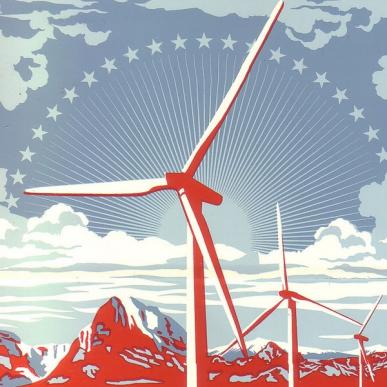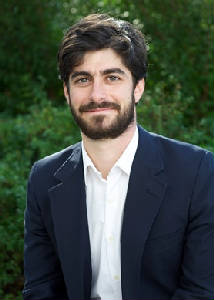80% Electricity from Renewables? It’s Possible, but Policy Prevents It
This commentary originally appeared on our EDF Voices blog.
If renewable energy is a good thing, then a lot of renewable energy is a very good thing, right? Not exactly, according to recent articles in the L.A. Times and Forbes about challenges posed by the growth of renewables. But, as we’ve pointed out, the issue here is not too much renewable energy, but rather a vulnerable U.S. electric grid built for the last century.
It’s essential to remember the bigger picture in order to arrive at the truth of the matter: If we are to avoid catastrophic climate change, renewable energy is a vital part of the solution. And while an unprecedented abundance of renewable power may raise complex questions about how to integrate these resources, it also underscores the need – and vast opportunity – for critical energy infrastructure improvements. Our response as a nation should not be to shrink from the challenges of renewables, but rather to keep working toward a smarter, more resilient energy system to meet the needs of the 21st century and beyond.
The Challenges, and the Opportunity
According to a study co-authored by Doug Arent, Executive Director of the Joint Institute for Strategic Energy Analysis at the National Renewable Energy Laboratory (NREL), we’ll have the technical capability by mid-century to rely on renewables for 80 percent of our electricity. So what’s the problem?
Not the science, but the policies.
The grid is not just a collection of aging power lines, “the grid is also built on an antiquated tangle of market rules, operational formulas and business models,” says the L.A. Times article. That’s why EDF is working to get the right policies in place at the state and national levels to make the clean energy future a reality.
More and better transmission capacity is necessary to deliver clean power, and to that end an estimated $163 billion worth of transmission investment and construction is already underway in the U.S. and Canada. For example, new transmission in Texas, the nation’s wind leader, is coming online right now to increase the state’s available wind power by 50 percent.
But while these increases represent much-needed upgrades, we don’t achieve a smarter, more flexible grid by simply enabling access to more energy – even if it comes from cleaner sources. The variability of renewable energy means we need to change how we use energy as well, and that means aligning clean energy incentives for utilities and customers and ensuring that we value clean resources fairly.

The Tools to Get Us There
An equitable market recognizes the value of smart power resources and tools such as grid-scale energy storage, which mitigates the variability of renewable power. Rapidly developing battery technology creates a new level of grid flexibility: We can charge batteries when it’s windy or sunny and use the stored power when it’s not. As utilities continue to explore how storage technologies can help integrate renewables, customers will reap the benefits from a smarter, more resilient energy system.
Similarly, demand response is a key tool for customers themselves to help reduce wasted energy as well as add clean energy to the mix. It is an energy management solution that uses technology to either turn off energy-intensive devices during periods of peak demand, or shift their use to a different time of day. Demand response puts power in the hands of customers – or more accurately, at their fingertips – allowing people to act as de facto power plants.
EDF is studying how these innovative energy- and cost-saving approaches work on a practical level, in combination with a host of other smart grid technologies, in its partnership with Pecan Street Inc. We are also working to optimize demand response rules at the regulatory level so that its benefits are valued as much as corresponding fossil fuel resources such as coal, oil and natural gas.
Over the next twenty years we’ll spend trillions of dollars modernizing our outmoded U.S. electric grid. As we do, let’s make sure we make it smarter, stronger and more resilient to accelerate the transition to a clean, low-carbon energy economy. This vast opportunity is not without difficulty, but it is up to us as a nation to meet the challenge.












